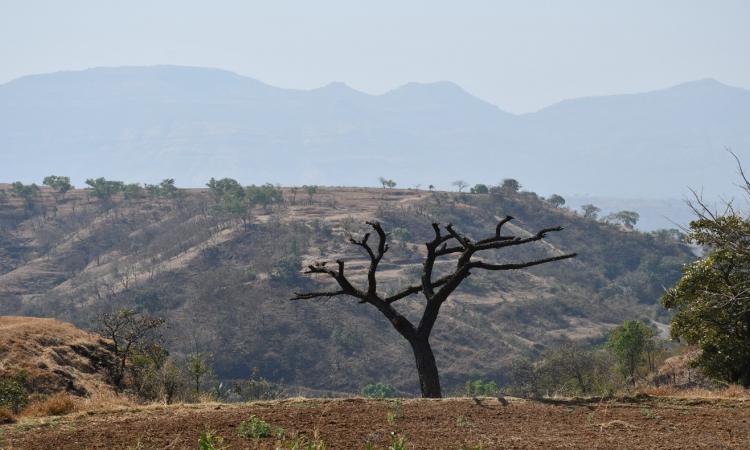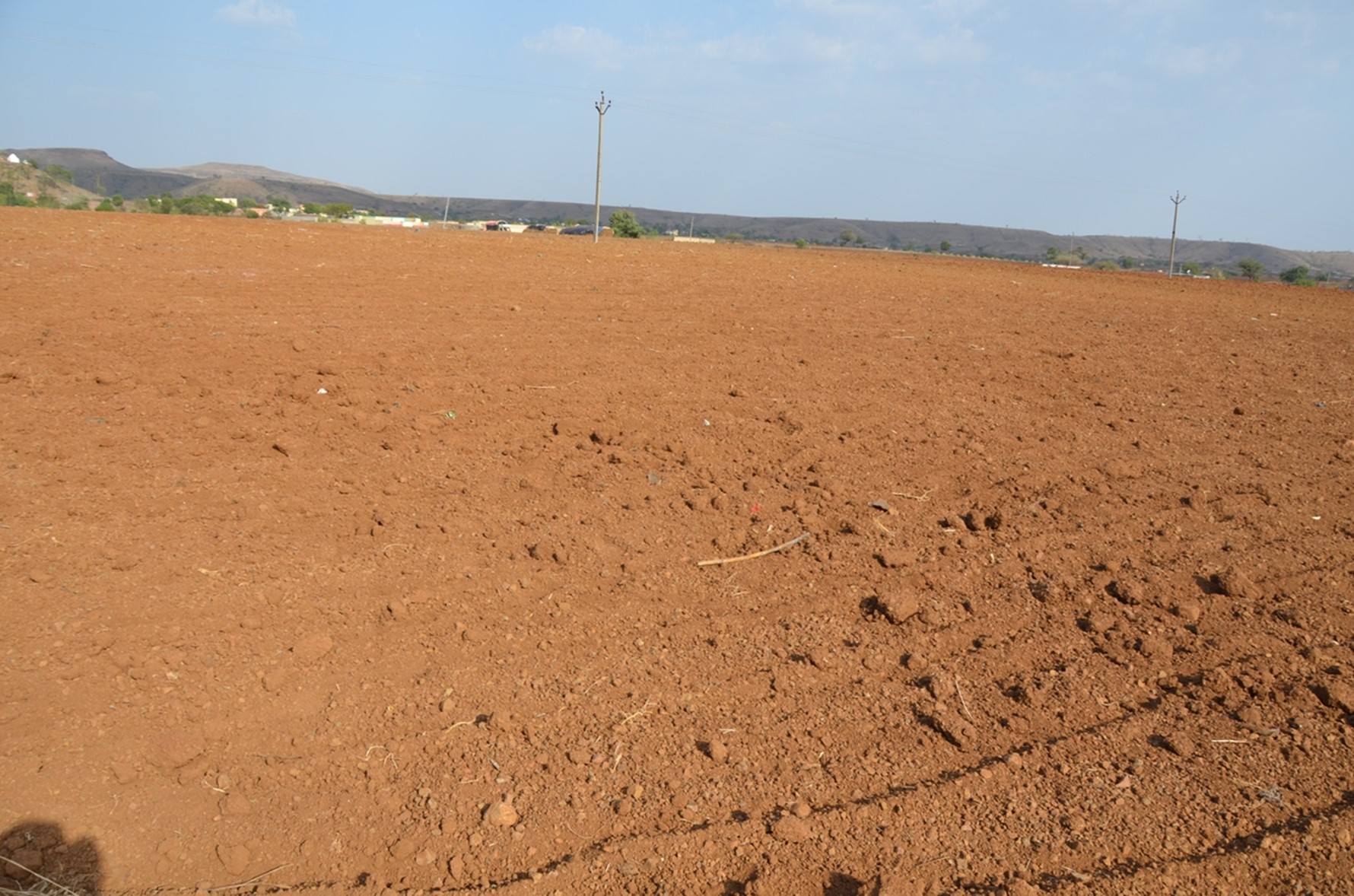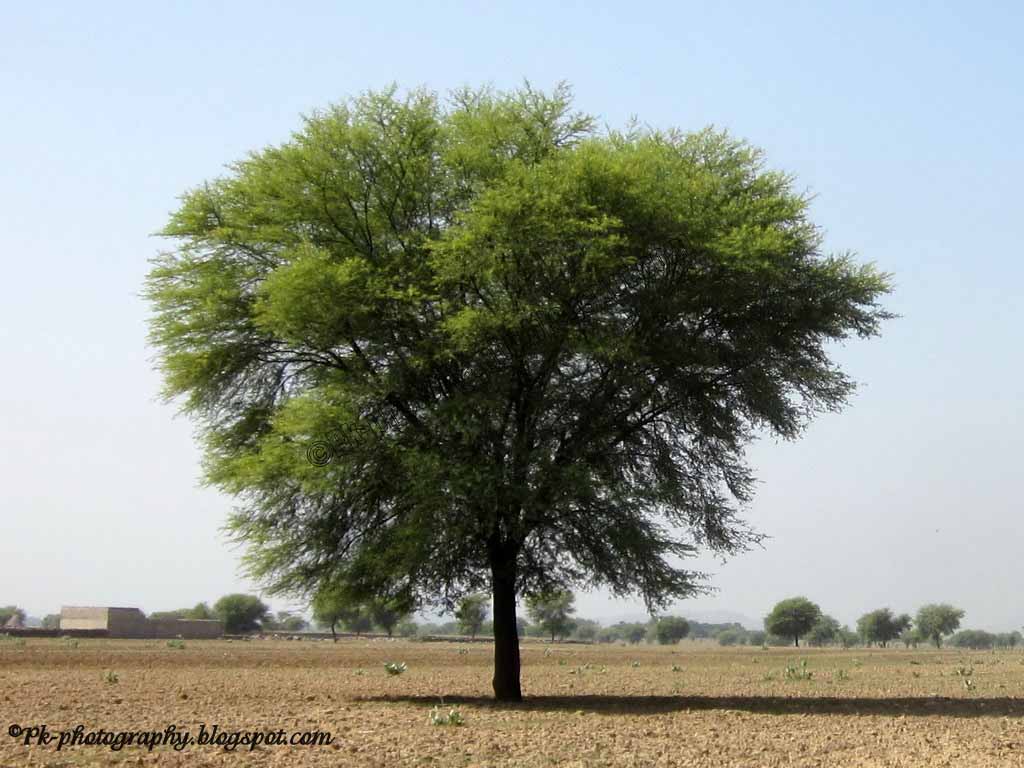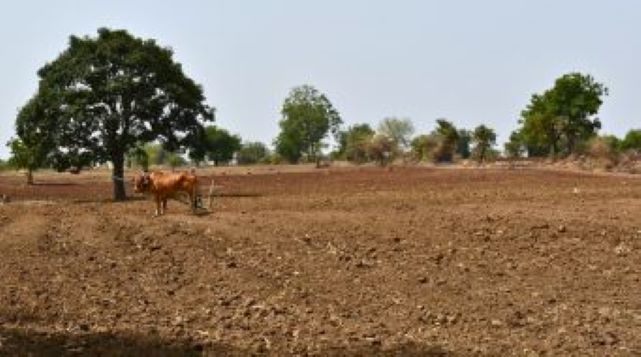
A silent crisis is brewing in India's agricultural heartland. It's a crisis that threatens not only the livelihoods of millions of farmers but also the ecological balance of the subcontinent. This silent menace is the disappearance of millions of trees from farmlands across the country.

A recent study by Danish researchers paints a grim picture. The study found that a staggering 5.33 million trees vanished from India's farmlands between 2018 and 2022, averaging a loss of 2.7 trees per hectare. This alarming trend is primarily attributed to agricultural expansion and intensification. As India strives to feed its growing population, farmers are clearing more land for cultivation, often sacrificing trees in the process.
This loss of farmland trees is a tragedy in the making. These trees, like neem, babul, and mahua, are not mere ornaments in the landscape. They are integral components of the agricultural ecosystem, providing numerous benefits or ecosystem services to farmers and the environment.

For generations, farmers have sought respite from the scorching sun under the shade of these trees. They have served as social gathering spaces, fostering community bonds and facilitating the exchange of knowledge and ideas.
Beyond their cultural significance, these trees play a pivotal role in regulating the environment. They sequester carbon dioxide, helping mitigate climate change, and regulate water cycles, ensuring a steady supply of water for crops. They also support biodiversity by providing habitats for various species, including pollinators crucial for agricultural productivity.
So, what factors are driving this alarming disappearance of trees?
Several interconnected forces are at play. One significant factor is the changing nature of cultivation practices. The proliferation of borewells, providing easy access to groundwater, has enabled farmers to expand their cultivated areas and intensify production. This expansion often comes at the expense of trees, which are cleared to make way for crops.
Moreover, there is a perception among some farmers that the benefits derived from farmland trees are minimal compared to the potential profits from increased crop yields. The shade cast by large trees can be seen as a hindrance to crop growth, further incentivising their removal.
Additionally, the escalating impacts of climate change are exacerbating the situation. Rising temperatures, erratic rainfall patterns, and prolonged droughts in central and southern India have put immense pressure on farmers. In their struggle to adapt and maintain agricultural productivity, they may resort to clearing trees in a desperate attempt to maximize their yields.
These factors, combined with economic pressures and the lack of awareness about the long-term ecological benefits of trees, have created a perfect storm that is decimating India's farmland trees.
So, the question arises: was the decision to cut down these trees worth it? From a narrow, short-term perspective, the answer might appear to be "yes." The immediate financial gains from increased arable land and higher crop yields can be substantial, especially compared to the often-limited direct income derived from farmland trees.

However, this shortsighted view overlooks the immense value of the ecosystem services these trees provide. These services, including carbon sequestration, water regulation, and biodiversity support, are essential for the long-term sustainability of agriculture and the well-being of both farmers and the environment. The economic value of these services is estimated to be in the billions of dollars, far exceeding the short-term profits from expanded cultivation.
In essence, we are facing a classic trade-off between immediate economic gains and long-term ecological sustainability. Balancing these competing interests is a formidable challenge that requires difficult choices.
Trees on farmland are not expendable; they are as vital as those in forests, serving as natural buffers against the increasing threats of climate change. Their loss leaves farming communities more vulnerable to extreme weather events, droughts, and declining soil fertility. Farmers may need to consider sacrificing some personal gains for the greater good of their communities and the environment.
Ultimately, a collaborative approach involving policymakers, agricultural experts, and farmers themselves is essential to finding solutions that preserve these invaluable trees. This requires developing and promoting agroforestry practices that integrate trees into agricultural landscapes, creating economic incentives for tree conservation, and raising awareness among farmers about the long-term benefits of these silent guardians of our farmlands. Only through such collective action can we ensure a sustainable and prosperous future for Indian agriculture.
Faraz Rupani is an Economics Researcher at the WOTR Centre for Resilience Studies (W-CReS).
/articles/silent-crisis-indian-farmlands-disappearing-trees